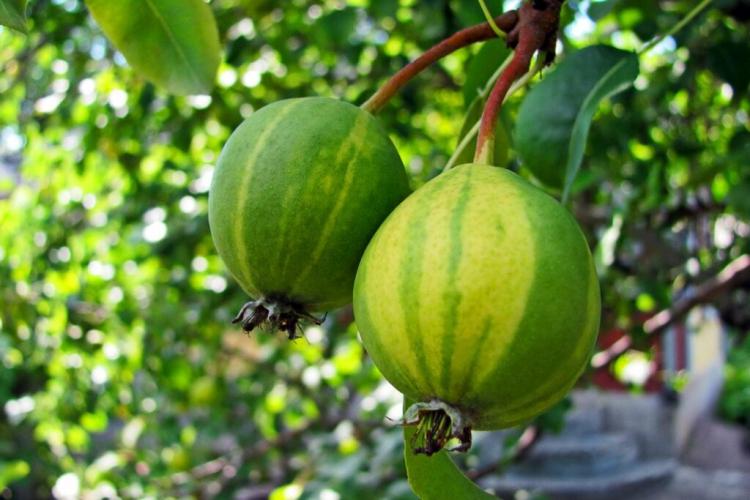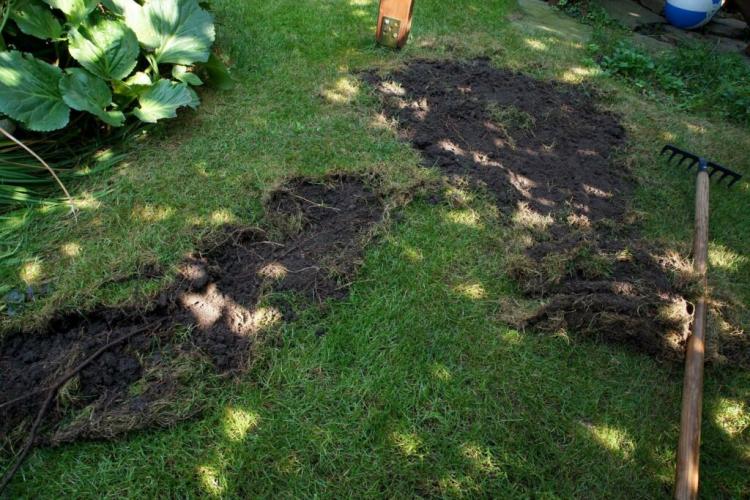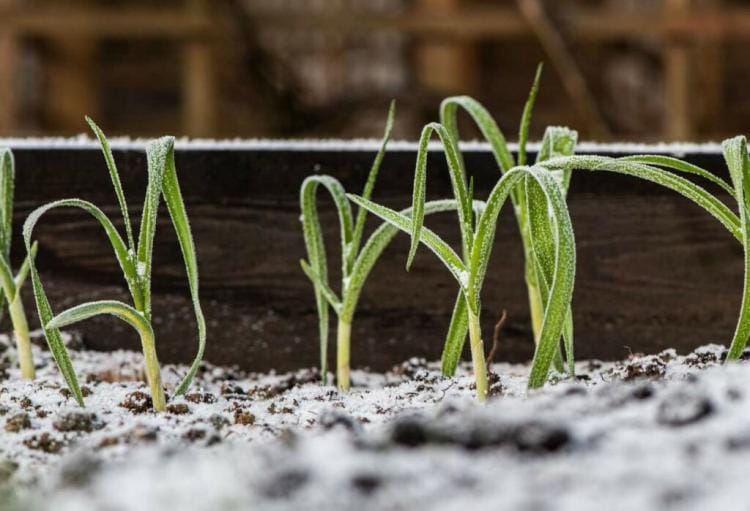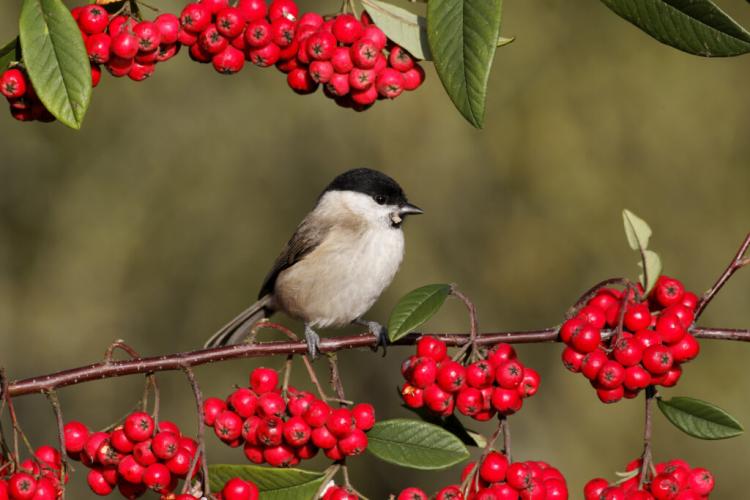Radish plants: location & instructions for sowing
The cultivation of radishes usually works without any problems. We show you what to look out for when planting or sowing radishes.
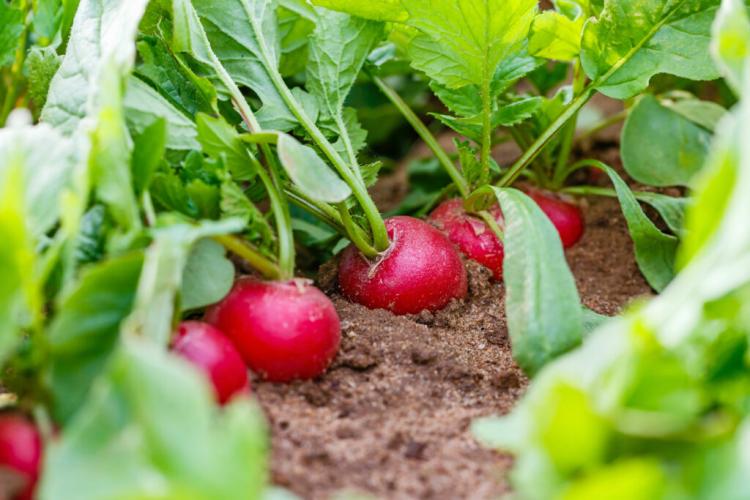
Radishes can easily be grown in the garden or on the balcony [Photo: nnattalli / Shutterstock.com]
Radishes are at the top of the list of the most popular vegetables in summer. Whether in a salad, on bread or as a dip – the crunchy, mildly hot tubers should not be missing in the summer kitchen. They are also extremely healthy due to the vitamins, mustard oils and minerals they contain.
The radish ( Raphanus sativus var. Sativus ) belongs to the genus of radishes ( Raphanus ) in the cruciferous family ( Brassicaceae ). The radish, also called radish, originally comes from Asia. It has been widespread in Europe since the 16th century. Cultivation in the garden is uncomplicated and extremely rewarding under our climatic conditions. Radishes can also be cultivated successfully on the balcony. Just a few weeks after sowing, the small, mostly red tubers are ready for harvest. Due to the short cultivation time of around four weeks, radishes are also very suitable as a pre- or post-crop and as an intercrop between other types of vegetables.
Tip: Radishes are very suitable as a catch crop, but not between other cruciferous vegetables. Do not plant radishes, radishes, horseradish and different types of cabbage several times in a row in the same bed, as otherwise diseases such as club head can increase. Radishes, on the other hand, can be combined very well with peas, beans, lettuce or spinach in the crop rotation.
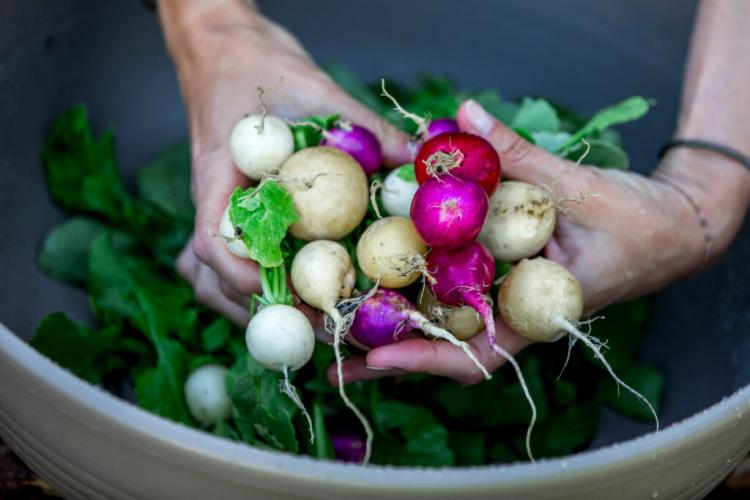
In addition to the classic red radishes, there are also yellow, white or two-tone radish varieties [Photo: epixproductions / Shutterstock.com]
There are a large number of varieties of radish that differ on the one hand in terms of their cultivation time and on the other hand in terms of color, shape and taste. In the round or flat-round varieties, the tuber is formed from the hypocotyl, i.e. the root neck. Elongated varieties include not only the root neck but also the root in their storage organ, which makes the radish longer.
Planting radishes: location and soil
Table of Contents
Radishes prefer a sunny to partially shaded location. Especially when growing in midsummer, you should better choose a partially shaded place, otherwise the radishes tend to shoot. Radishes grow in all normal garden soils. For delicate tubers, however, the soil should be loose, humic and ideally evenly moist. Before growing radishes, you should not necessarily fertilize heavily and certainly not with mineral fertilizers, because radishes eat poorly and respond to nutrient-rich soils with susceptibility to diseases and pests, too much leaf growth and too little tuber growth. If your soil does not store nutrients well, such as sandy soil, it is worth halving organic fertilization, for example with our Plantura organic tomato fertilizer.
Vegetable beds with heavy and rather dense soil should be loosened a little before planting radishes so that the tubers can grow downwards unhindered.
Peat-free potting soil, such as our Plantura organic tomato and vegetable soil, is very suitable for growing radishes in pots on the terrace or balcony.
Tip: When a radish begins to form flowers and grows upright, it is called a shoot. If you want to harvest seeds, that is desirable. If you want to eat the tuber, shooting is undesirable because it removes water and storage substances from the storage tuber, so that it dries up and becomes inedible.
Sow radishes
Sowing radishes is easy and can take place almost the entire gardening year. We'll tell you how to do it.
When can you sow radishes?
Radish cultivation is one of the earliest vegetable crops in the year. The sowing of radishes can begin as early as the end of February, protected in the cold frame or under foil. Usually, however, March is the earliest time to sow radishes and until mid-April it is wise to have a fleece or foil ready to cover in locations that are very susceptible to late frost. From March to the beginning of September you can sow radishes continuously on a weekly basis. You can enjoy fresh home-grown radishes from the beginning of May until October. But be careful: not all varieties grow well at all times of the year, some shot directly in warm temperatures without even forming a tuber. Therefore, always choose the right variety depending on the season.
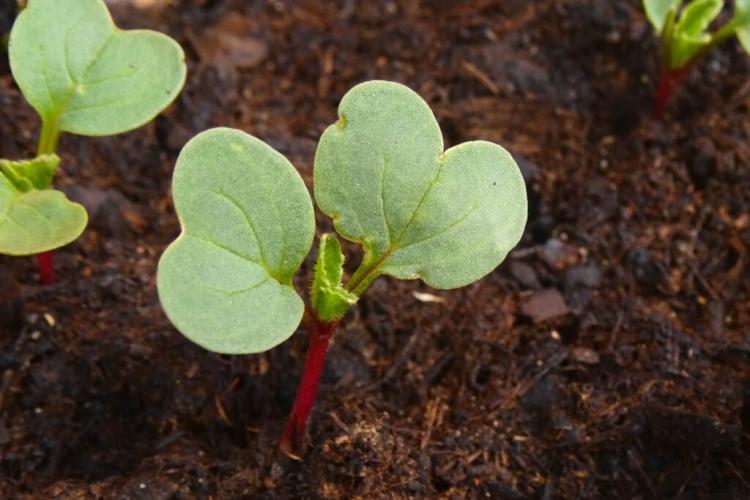
The young plants show themselves within a few days [Photo: CarlosR / Shutterstock.com]
How do you get the radish seeds into the ground?
After the soil has been prepared, the radish seeds can be sown. First, use the handle or the back of a garden rake or a grooved tool to create shallow seed furrows. They help to lay the seeds as straight as possible in a row. The sowing depth for radishes is one centimeter. If the radishes are sown too deep, an elongated, woody tuber forms as they grow. Sow the radish seeds in a row three to four centimeters apart. There should be a distance of ten to fifteen centimeters between the rows. Then the seed grooves are brushed from the sides so that the seeds are lightly covered with soil. Press lightly so that the seeds are not dispersed by rain or wind. At temperatures around 15 ° C and an adequate water supply, the seeds germinate within a few days.
As an alternative to the somewhat laborious individual filing of the radish seeds, the seeds can also be sprinkled directly from the sachet. In this way, however, radishes are usually sown too densely. As a result, no nice round tubers develop. The radishes stay small and elongated and shoot faster. To avoid this, the densely sown radishes have to be pricked out shortly after emergence, i.e. when the seedlings appear above ground. To do this, the plants are carefully pulled out of the earth with a prick stick or a wooden stick, their roots are carefully separated from each other and then replanted with a greater distance.
Tip: Radishes are one of the fastest growing seeds in the garden. That is why they are often used as “marking seeds”. Slowly germinating plants such as carrots are often accidentally overseeded because the seeds simply do not germinate for weeks. Anyone who has sown the rapidly growing radishes here to the left and right tends to remember that carrots should still thrive in the narrow strip in between.
Plant radishes in a pot
Radishes can also be easily grown in the flower box on the balcony. Depending on how many rows you want to sow, you should choose a sufficiently large pot so that you can keep the necessary ten centimeters row spacing. There should also be a drainage hole so that excess water can drain away when watering. Fill the pot about six inches high with potting soil. The radish seeds can then be sown as described above.
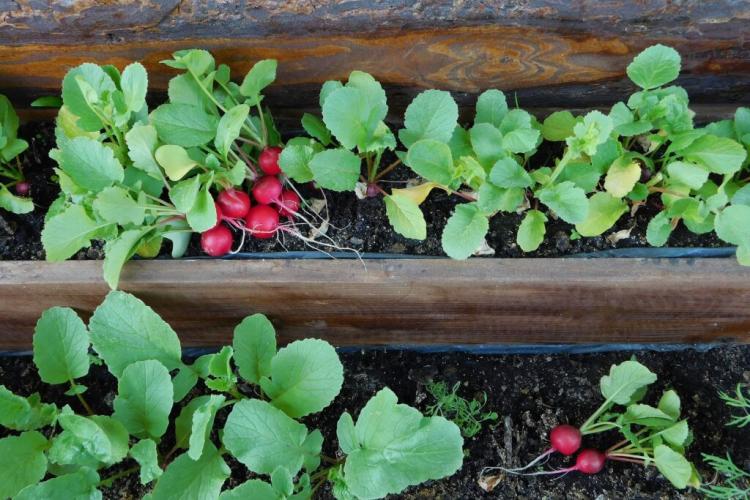
Radishes can also be grown in pots without any problems [Photo: cha_cha / Shutterstock.com]
- Sowing: beginning of March to beginning of September
- Bed preparation: rake flat and make seed furrows
- For early sowing: Protect seeds or seedlings from late frost with fleece or foil
- Seed depth: 1 cm
- Distance in the row: 3 – 4 cm
- Row spacing: 15 cm
- Cover the radish seeds thinly with soil and press down
- Water daily
Tip: With our Plantura vegetable growing set, growing vegetables is particularly easy. In it you will not only find seeds for five colorful vegetables, but also detailed instructions, a mini greenhouse and other accessories for successful sowing.
Care for radishes after planting
After the radishes have been sown, the seedlings must be regularly supplied with sufficient water, as larger fluctuations can lead to furry or burst bulbs. This is the only way to harvest large and crunchy radishes after four to eight weeks. When watering, use a watering attachment through which the water is finely distributed. Without an attachment, there is a risk that the shallowly sown seeds will be washed away or the seedlings will be damaged.
If you would like to find out more about radishes and find out more about pests and the harvesting of radishes, you can continue reading our special article about radishes here.



